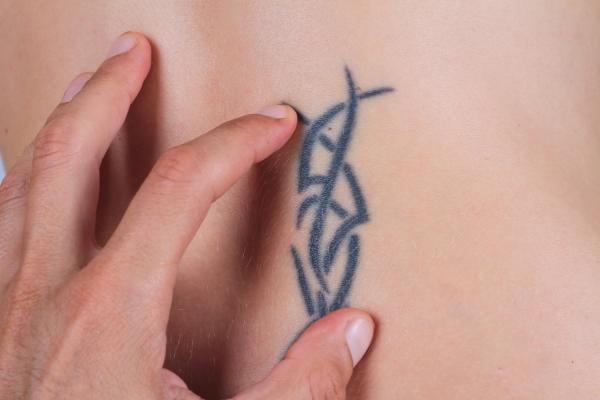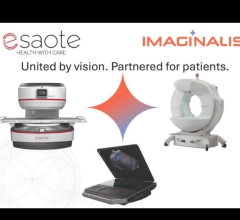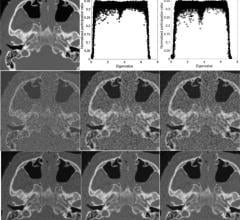
February 1, 2019 — A new European study concluded that magnetic resonance imaging (MRI) exams pose little risk for people with tattoos, based on data collected from 330 patient scans.
According to Nikolaus Weiskopf, Ph.D., director at the Max Planck Institute for Human Cognitive and Brain Sciences in Leipzig (MPI CBS), "...the most important questions for us were: Can we conduct our studies with tattooed subjects without hesitation? What restrictions may exist? At the Wellcome Centre for Human Neuroimaging, part of Queen Square Institute of Neurology at University College in London, where I started the study in 2011, there were increasing numbers of volunteers with tattoos. At the time, there simply was not enough data to determine the likelihood of tattoo-related side effects arising from MRI examinations."
Weiskopf’s former colleague in London, Martina Callaghan, completed the study after Weiskopf left London to become director at the MPI CBS in Leipzig. "Based on our investigations, we can now state, on the basis of meaningful numbers, that if a tattooed individual is scanned under the conditions tested in the study, the risk of side effects is very small." the physicist explains.
Indeed, millions of people with tattoos are scanned every year in hospitals and research facilities without any side effects. Until now there has not been a systematic prospective study on how safe it is to be scanned in an MRI scanner with a tattoo. Reports of adverse reactions are usually based on individual cases and describe two different reactions. It is possible that the pigments in tattoos can interact with the static magnetic field of the scanner. Why? The tattoo ink can contain pigments that are ferrous and therefore magnetic. The strong magnetic fields involved in the procedure can interact with these small particles, which in turn can lead to a pulling sensation on the tattooed skin.
However, it is another potential interaction which may represent, from the experts' point of view, a far greater risk. Many of the color pigments are also conductive. This is an issue because in MR imaging, high-frequency magnetic fields are used to generate the images by effectively labeling protons. "High-frequency fields usually have a frequency of a few hundred megahertz. That happens to correspond to the resonance lengths of conductive structures similarly sized as tattoos. In this case, the tattoo may absorb much of the energy of the high-frequency field, which would normally be spread out more widely. It can then happen that the tattoo heats up. In the worst case, this can lead to burns", said Weiskopf.
Together with his colleagues at University College in London, he examined 330 study participants before and after the MRI scan and tested a total of 932 tattoos. The team systematically collected information about their participants' tattoos — how big they were, where they were located and what colors were used. The country of origin was also recorded with most arising in Europe, but also from America, Asia, Africa and Australia. The majority of the ink used was black, but various colors were also registered.
"We found that the majority of the participants did not notice any side effects with tattoos," said Weiskopf. "There was one specific case where the study doctor found that side effects - a tingling sensation on the skin - were related to scanning. However, this unpleasant feeling disappeared within 24 hours without the affected person having required medical treatment."
In order to ensure the participants safety (from potential burns) not just anyone could be scanned for the study — exclusion criteria concerned the size and number of tattoos. For example, a single tattoo was not allowed to exceed 20 centimeters and no more than 5 percent of the body could be covered by tattoos.
The MRI scanners used in the study had a static magnetic field strength of three Tesla, as is common in many clinics today. By comparison, the magnetic field of a rather weak 0.5 Tesla MRI model is 10,000 times stronger than the Earth's magnetic field. These MRI scanners usually have a radiofrequency body coil, which stimulates the proton spins for imaging. The high frequency field of a body coil extends not only over the head, which was scanned in this study, but also the upper body area of the participants and thus on frequently tattooed areas.
According to Weiskopf, the results of the study not only provide information on safety guidelines for research, but can also be helpful for clinical environments. The existing recommendations on how to scan people with tattoos are always based on weighing the risk against the actual benefit of diagnosing a disease. While it should be noted that the results are limited to specific configurations and scanner types, this study adds to the positive safety record of MRI.
For more information: www.nejm.org
Reference


 December 04, 2025
December 04, 2025 









